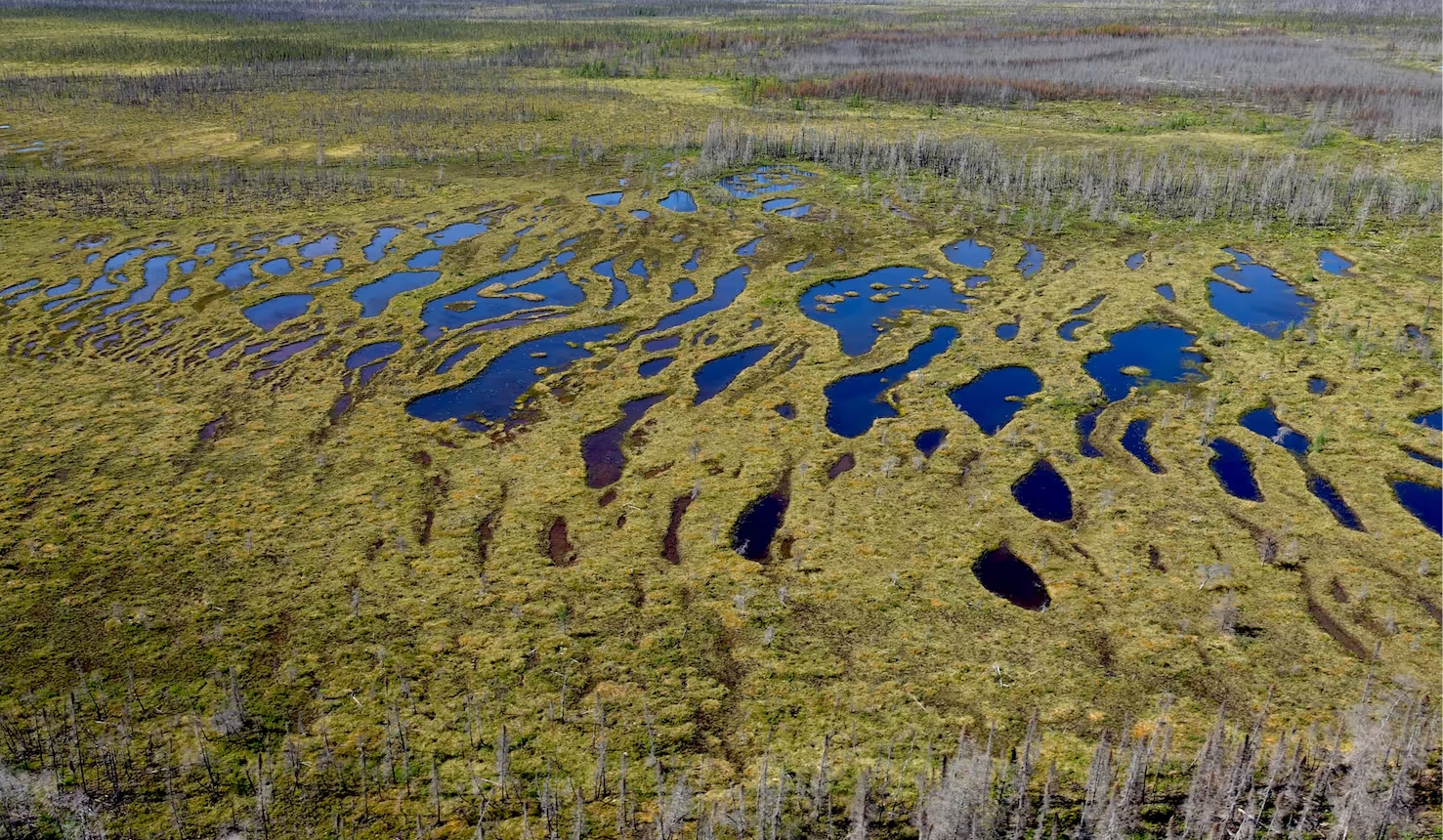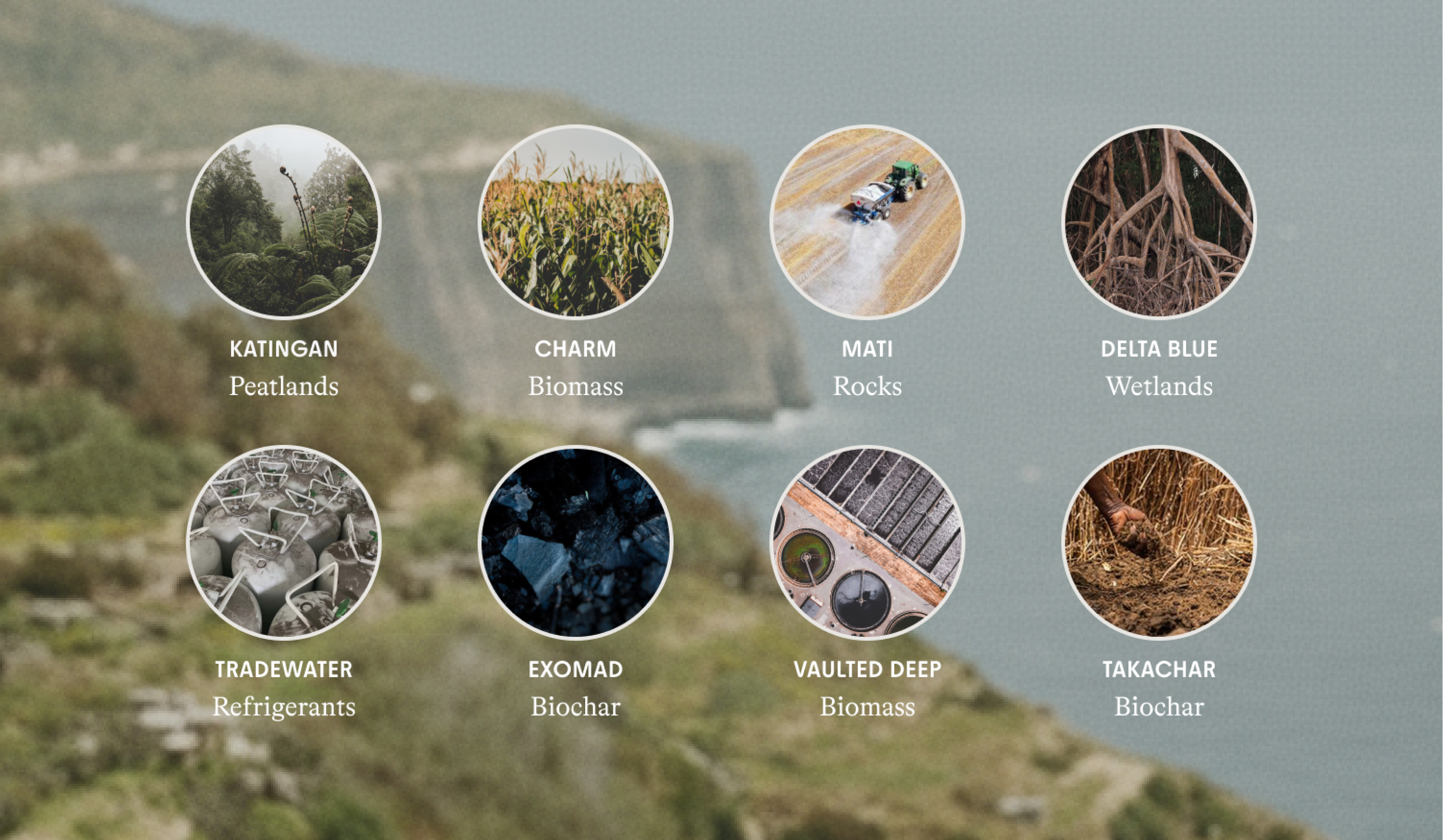Get to know Peatlands: An Overlooked Climate Solution

Join the community





Peatlands are wetland areas with waterlogged conditions that slow the decomposition of organic matter. This accumulation of undecomposed plant material, called peat, makes them important carbon sinks. Despite covering only 3% of the Earth's surface, they capture around 550 gigatons of carbon globally, which is roughly twice the amount of carbon stored in all the world's forests combined, making them vital to the fight against climate change.
Carbon Storage and Climate Resilience
Peatlands store vast amounts of carbon. Although they cover just 3% of Earth's land area, they hold twice as much carbon as all the world's forests combined.
The waterlogged environment slows down the decay of dead plants, causing organic matter to accumulate as peat over thousands of years, effectively carbon sequestration. When left alone, healthy peatlands release negligible amounts of carbon dioxide.
However, when drained for agriculture, forestry, or peat extraction, they become significant sources of greenhouse gas emissions. One of the most common consumer uses for peat is in potting soils. Restoring drained peatlands and supporting peat-free agriculture practices can prevent these emissions, making them an essential part of emission reduction strategies.
Healthy peatlands can buffer against the impacts of climate change. They enhance resilience by regulating local climate, preventing erosion, and providing habitats for various species.
Biodiverse Habitats for Rare Wildlife
Peatlands support diverse ecosystems with unique plant and animal species adapted to their specific conditions. Peatlands are home to a variety of amphibians like frogs, unique bird species like the Siberian Crane, mammals such as otters, and insects adapted to their wet environments. Preserving peatlands safeguards this biodiversity and contributes to overall ecosystem health.
Natural Flood Protection
Peatlands act as natural sponges due to their water-absorbing capabilities. During heavy rainfall, they store excess water, gradually releasing it into water bodies and watercourses. This controlled water flow helps prevent sudden and severe flooding downstream. By regulating water levels, peatlands reduce the risk of flood damage to communities, infrastructure, and agricultural lands, making them vital components of natural flood management strategies.
Peatlands stand as a remarkable climate solution, offering carbon storage, emission reduction, biodiversity conservation, water regulation, and more. To effectively address the climate crisis, it's crucial to recognize the value of peatlands, conserve their integrity, and invest in their restoration. By doing so, we can harness the potential of these remarkable ecosystems in our battle against climate change.













